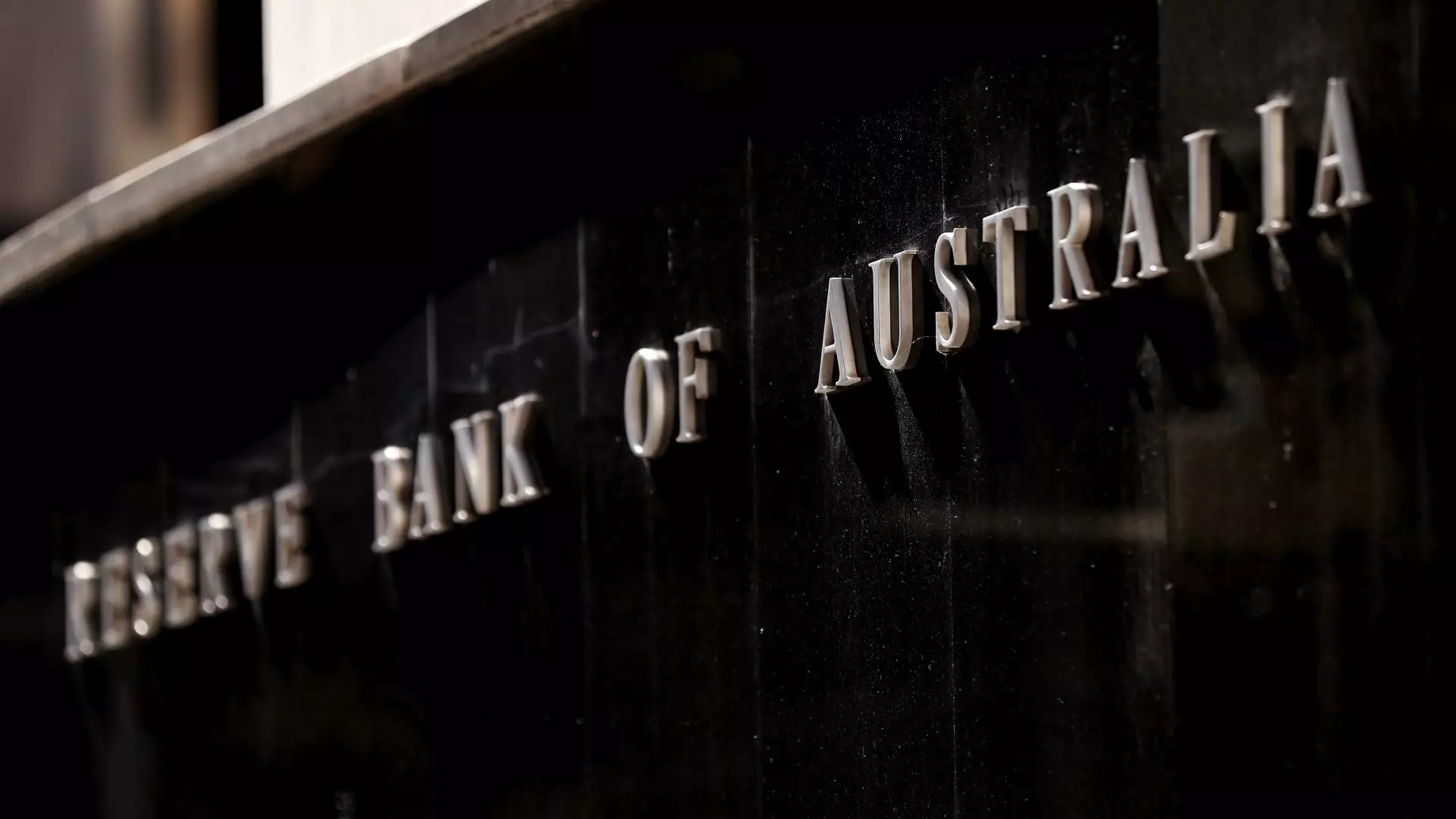The Reserve Bank of Australia (RBA) has recently made headlines by cutting its benchmark interest rate for the first time in over four years. This decision aligns the RBA with other significant global central banks that have already embarked on a path of easing monetary policy. Given the current economic climate, characterized by softening inflation and sluggish growth, the RBA’s decision could signal a shift in Australia’s economic trajectory.
On Tuesday, the RBA announced a cut of 25 basis points, lowering the rate to 4.10%. This marks a critical turning point, as it is the first easing since November 2020, during a time when the central bank was battling the economic ramifications of the COVID-19 pandemic. The decision reflects a significant change from the previous strategy of maintaining a higher interest rate to combat rising inflation. The rhetoric from the RBA indicates a cautious approach moving forward, with board members expressing the need for gradual monetary easing rather than aggressive cuts.
The RBA’s move comes after a period of sustained inflationary pressure that had prompted the bank to implement 13 consecutive rate hikes. However, recent data suggests that inflation is stabilizing, with the annual inflation rate falling from 2.8% in the September quarter to 2.4% in the December quarter. The RBA has targeted a medium-term inflation range of 2% to 3%. By cutting rates, the RBA is signaling its confidence that inflation is moving sustainably towards its target.
While this development might sound positive, caution remains the central theme of the RBA’s narrative. The labor market has demonstrated unexpected strength; the unemployment rate held steady at 4.0% in December, indicating a tighter job market than previously believed. The RBA cautioned that while the labor situation is encouraging, economic activity remains uncertain. The cuts may increase household consumption, but there are potential risks that any recovery in spending could be gradual.
Australia’s economic growth has shown signs of distress, with GDP posting a modest growth rate of only 0.3% in the September quarter, and an annual growth rate slumping to 0.8%. This growth rate is the lowest since the pandemic, raising concerns about the overall health of the economy. The RBA’s decision to lower interest rates could provide some relief in an environment of sluggish economic performance and pre-election pressures on the Labor government.
The immediate financial implications of this rate cut have already been felt in the markets. Government bonds rallied in anticipation of the easing, with the yield on Australian 10-year bonds dropping sharply. The Australian dollar has seen slight fluctuations, strengthening to 0.6341 against the U.S. dollar, while the ASX 200 index demonstrated initial reactions by shedding some points.
Economists predict that this period of monetary easing may be short-lived. Abhijit Surya, a senior economist at Capital Economics, has forecasted only two further cuts in this current cycle, with a terminal cash rate expected to settle at 3.60%. This bullish outlook on interest cuts highlights the RBA’s commitment to a careful navigation of the economic landscape, balancing the need for consumption stimulation against the potential threats from inflation resurgence.
The RBA has reiterated that, while it acknowledges recent progress on inflation, any further monetary easing will be gradual. The board members explicitly underscored the need for careful consideration of economic conditions moving forward. The upcoming months will be crucial, as households and businesses adapt to these new borrowing costs, and as the RBA continues to monitor inflation’s trajectory against its targets.
The RBA’s interest rate decision seems poised to have important ramifications for Australia’s economic landscape. While the cut might provide much-needed relief for households and businesses, the central bank’s cautious approach suggests a prolonged commitment to carefully managing the delicate balance between growth and inflation. The evolving economic context will demand close monitoring to ensure stability and growth in the months ahead.

